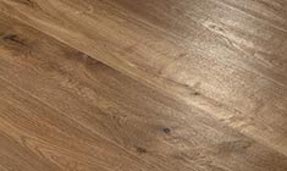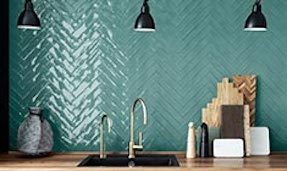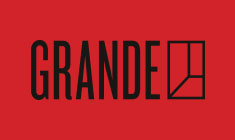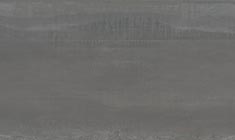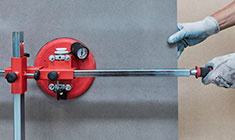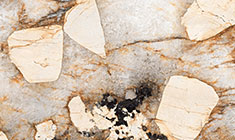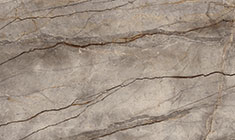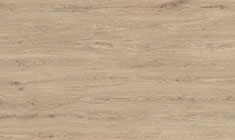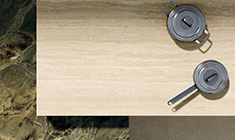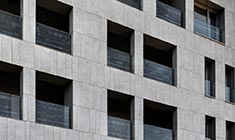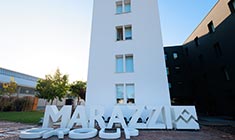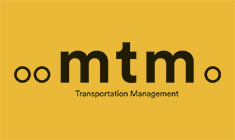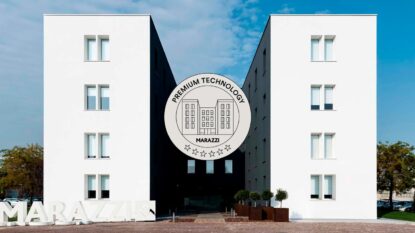The initiative represents one of the first cases in which artificial intelligence was successfully used for ceramic tile design. The experimentation involved a team of machine learning experts fromReply, the ACPV ARCHITECTS studio, and Marazzi, combining their expertise and knowledge to create cutting-edge solutions for the new Reply hub in Turin, located at the Caserma de Sonnaz.
Through the use of generative models, such as Stable Diffusion, Midjourney, and Dall-E 2, it was possible to design new materials and improve aspects of the production process, such as productivity, creativity, and environmental impact. The collaboration with the ACPV ARCHITECTS studio contributed to the perfect blending of aesthetics and technology, enabling the creation of uniquely designed products.
The application of artificial intelligence not only opens up new creative possibilities, thanks to the ability to expand the range of customised and high-quality tiles, but also allows for a significant reduction in material purchasing and transportation costs. Furthermore, due to its nature, the initiative can contribute to reducing the exploitation of natural resources and establishing more sustainable production processes.
This experimentation has overcome significant technical challenges by creating high-quality images for Marazzi’s production processes. Starting from samples of real materials and patterns, the images were processed by Reply Machine Learning – the Reply Group company specializing in artificial intelligence – and ACPV ARCHITECTS using inpainting, outpainting, variation, and super-resolution techniques to ensure maximum quality and realism.
“The initiative, born from the desire to create a unique design for the flooring of the ‘Art and Technology’ space within Reply’s new headquarters at the Caserma de Sonnaz,” explains Tatiana Rizzante, CEO of Reply, “has opened a new chapter in the innovation of the ceramic tile industry through artificial intelligence. The collaboration with the ACPV ARCHITECTS studio and Marazzi has allowed the combination of aesthetic mastery and cutting-edge technology, redefining the boundaries of design and production processes in the tile industry.”
“Innovation helps us improve processes and products every day, to use energy sources and raw materials more consciously, and to promote circularity in our production processes,” comments Mauro Vandini, CEO of Marazzi Group. “This experimentation, which applies artificial intelligence to the design of ceramic products, represents not only a concrete example of our approach to sustainability, which aims to be open and multidisciplinary and has welcomed the contributions and specific expertise of Reply and ACPV ARCHITECTS, but also a true technological leap that can open up infinite creative possibilities and actively contribute to reducing the environmental impacts associated with this phase of the process.”
The experimentation with artificial intelligence enables new possibilities in interior design. Using algorithms with a vast amount of data, the project team created unique patterns that stimulate emotions, offer unprecedented spatial experiences and create a new link between nature and artifice.
“While the reproduction of natural patterns has a long history in architecture and interior design, we now have the possibility of generating new patterns that go beyond the limits of nature. AI-generated images offer a distinct advantage in the creation of marble patterns due to their ability to cater to specific needs in terms of meaning, colour schemes, personal preferences, and spatial configurations. This experiment introduces a new approach to creativity by combining the capabilities of AI algorithms with human guidance and input.” says architect Patricia Viel, CEO of ACPV ARCHITECTS.

